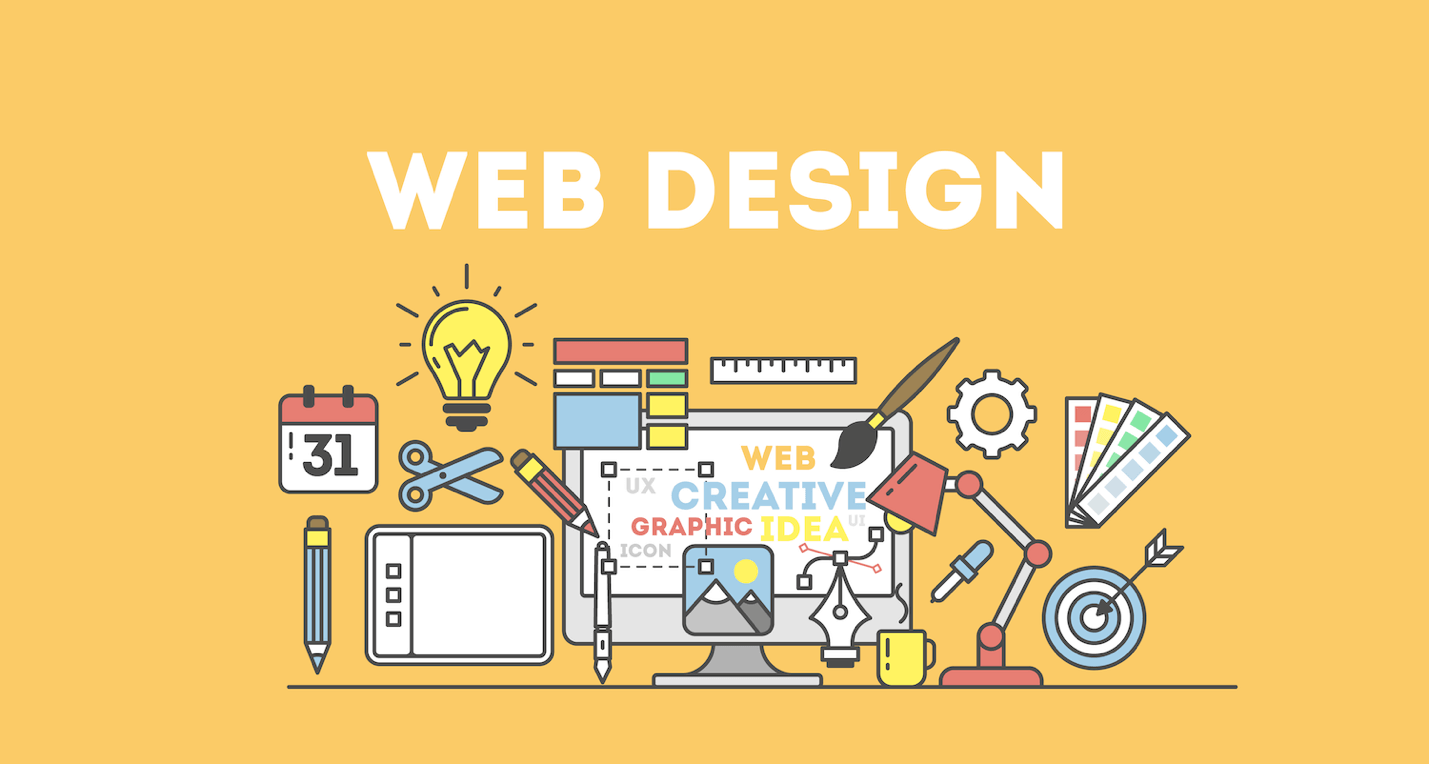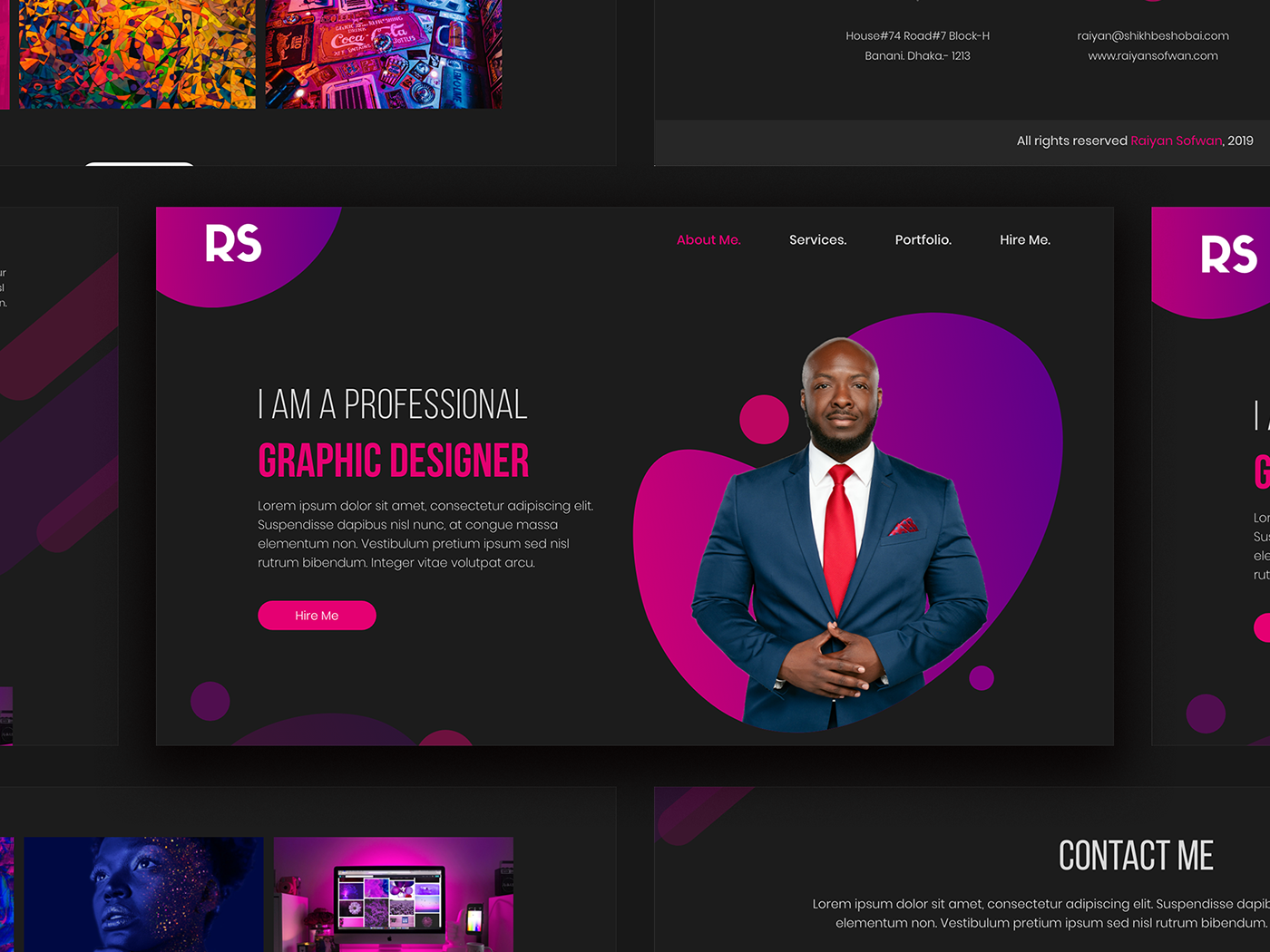The Power of User-Centered Web Site Layout in Expanding Your Online Target Market
In a progressively affordable digital landscape, the significance of user-centered site design can not be overemphasized. By focusing on the demands and habits of customers, businesses can create internet sites that not just draw in yet also involve a varied target market. Effective style concepts-- such as instinctive navigation and ease of access-- are essential in promoting individual satisfaction and commitment. Understanding just how to leverage these concepts efficiently raises critical concerns concerning application and effect. What methods can organizations adopt to guarantee their styles resonate with customers and eventually drive development?

Comprehending User-Centered Design
User-Centered Layout (UCD) is a fundamental strategy to internet site growth that prioritizes the needs, choices, and actions of end users throughout the design process. This approach highlights understanding users deeply-- via research study approaches such as interviews, surveys, and usability testing-- to develop a web site that resonates with them. By including customer comments at every phase, designers can ensure that the end product aligns closely with user assumptions.
UCD promotes iterative layout, where prototypes are tested and improved based on user communications and experiences. This cycle not just improves usability yet additionally cultivates a feeling of ownership amongst users, as they feel their input is valued and impactful. In addition, UCD helps recognize potential obstacles and discomfort points in the individual trip, enabling designers to address these obstacles proactively.
Ultimately, embracing UCD results in web sites that are much more user-friendly, appealing, and reliable. By placing users at the center of the layout procedure, companies can create digital experiences that not just attract but additionally keep their target market, driving higher complete satisfaction and commitment. In a competitive on the internet landscape, this method is crucial for achieving continual success.
Trick Concepts of User Experience
A successful individual experience (UX) rests on numerous vital principles that assist the layout process and improve communication in between users and the website. Use is vital; the web site has to be instinctive, enabling individuals to navigate conveniently and find info swiftly. This includes clear labeling and a rational framework that reduces cognitive tons.
Secondly, accessibility plays an important duty in making certain that all users, no matter of their handicaps or capacities, can properly involve with the website. Integrating alt message for photos, key-board navigating, and display viewers compatibility cultivates inclusivity.
Uniformity is an additional important principle. A natural design language, from color schemes to typography, helps customers build familiarity and trust with the internet site (Website Design). It additionally enhances brand identification
Furthermore, responses mechanisms are crucial. Individuals need to receive clear and prompt feedbacks to their activities, whether through aesthetic hints or verification messages, which improves their self-confidence in navigating the site.
Last but not least, mobile responsiveness can not be overlooked. With a raising variety of customers accessing websites by means of mobile devices, a layout that adjusts seamlessly to various display sizes is critical for preserving a favorable customer experience.

Benefits for Online Involvement
Effective online involvement offers many advantages that can considerably improve an internet site's total performance - Website Design. By promoting significant interactions between customers and the website, organizations can navigate here grow a devoted audience that returns with regularity. Engaged users are much more most likely to check this share content, thus boosting organic reach and bring in new visitors via word-of-mouth promo
Enhanced online engagement additionally causes improved individual satisfaction. When customers discover an internet site that reverberates with their demands, they are more likely to discover its offerings extensively, which can lead to greater conversion prices. In addition, engaging material encourages customers to invest more time on the site, decreasing bounce rates and favorably influencing search engine ranking algorithms.
Moreover, efficient engagement offers important understandings into customer preferences and actions (Website Design). By analyzing user interactions, companies can customize their material and design techniques to satisfy the advancing assumptions of their audience. This flexible method not only enhances involvement yet additionally strengthens the brand's credibility as receptive and user-centric
Eventually, prioritizing on-line engagement with user-centered layout develops a thriving environment where both the target market and the organization advantage, bring about continual development and success in the digital landscape.

Techniques for Effective Layout
To optimize the benefits of online engagement, using particular techniques in internet site layout is vital. User-friendly navigation is necessary; users should quickly locate information without confusion. A well-structured menu, clear tags, and a sensible pecking order improve the individual experience and lower bounce prices.
Second, responsive design is vital in today's multi-device environment. Making certain that a site adapts perfectly to different screen dimensions fosters accessibility, therefore fitting a wider audience. This flexibility not only boosts customer fulfillment yet additionally positively influences online search engine positions.
Third, the usage of aesthetic hierarchy guides users' interest to vital components, such as contact us to action (CTAs) Employing contrasting colors, varying font dimensions, and strategic spacing can efficiently direct users towards desired activities, helping with higher communication.
In addition, carrying out constant branding across all pages constructs count on and recognition. A natural shade system, images, and typography reinforce brand name identification and produce a specialist look.
Lastly, optimizing loading speeds is essential. Users are less likely to engage with a slow-loading website, making performance optimization a critical aspect of reliable design. By incorporating these techniques, site creators can More Info enhance customer experience and inevitably grow their on the internet audience.
Real-World Success Stories
Success stories in user-centered website layout illustrate the concrete benefits of focusing on user experience. As a result, they experienced a 250% increase in on the internet donations, showing exactly how an user-friendly design can drive user interaction and assistance.
An additional engaging situation is that of Airbnb, which made use of user-centered style principles to improve their reservation process. By simplifying the individual trip and integrating personalized recommendations, they dramatically reduced site desertion prices. This emphasis on customer experience added to a revenue development of over 70% in a solitary year, emphasizing the relationship between properly designed interfaces and economic success.
Moreover, the shopping giant, ASOS, executed individual testing to refine their mobile application. By addressing user pain points, they attained a remarkable 30% boost in mobile sales. These instances highlight that spending in user-centered layout not only improves individual satisfaction however also drives concrete organization results, strengthening the vital role of user experience in achieving on the internet growth.
Conclusion
By focusing on individual needs and choices, organizations can produce intuitive and easily accessible digital experiences that promote commitment and drive conversions. The integration of user comments throughout the style process not just decreases bounce prices yet additionally encourages expedition.
User-Centered Style (UCD) is a fundamental strategy to web site growth that prioritizes the requirements, preferences, and actions of end individuals throughout the style process. By incorporating customer feedback at every stage, designers can make certain that the last item straightens closely with user expectations.
An effective individual experience (UX) pivots on several key principles that lead the design process and enhance communication in between customers and the website.Success tales in user-centered site style illustrate the substantial advantages of focusing on user experience. These instances highlight that investing in user-centered design not only improves individual satisfaction but additionally drives tangible service outcomes, enhancing the essential function of individual experience in achieving online growth.